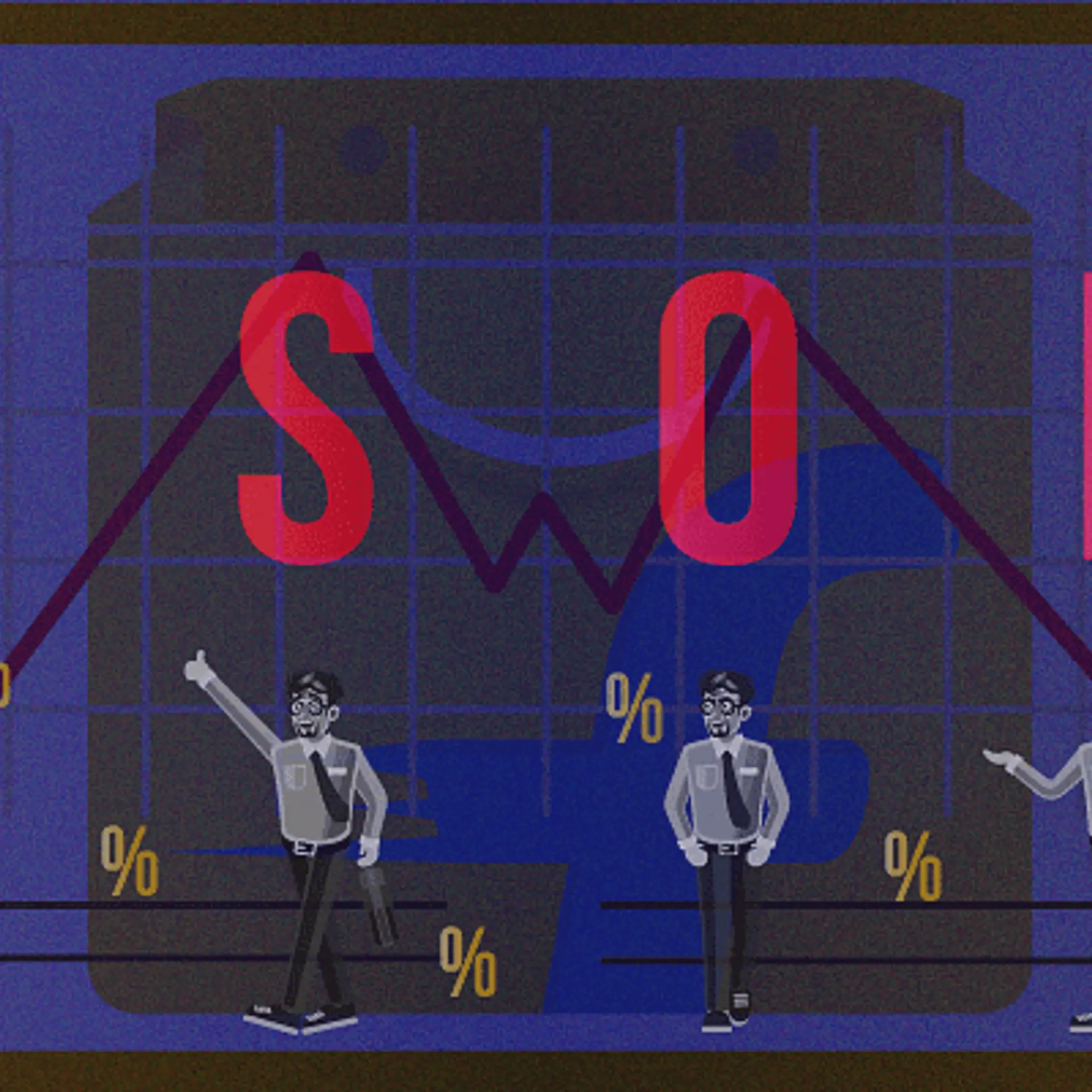With close to 1,000 D2C brands born last year, how Smytten is using sampling to ensure better adoption
With the growth of the D2C ecosystem, and the emergence of newer products in the market, many D2C brands are looking at sampling to understand what the consumers want. This, according to Smytten, will help them grow.
When it comes to trying out new brands and products, 32-year-old marketing executive Shilpa S is an expert. Her virtual shopping carts are packed with new brands and samples of new products.
“These brands give me the best in shades and colours, and by sampling the newer products, I also get an option to see if I want them or not, or whether they suit me,” Shilpa tells YourStory.
Shilpa is one of the many young millennials who prefer shopping online and are open to trying out new brands. She is also one of the many who end up sampling close to five million new products from emerging D2C brands.

Smytten Team
A report by Avendus Capital on D2C brands in India stated that the addressable market size for this industry would be $100 billion by 2025. Another report by PGA Labs and Knowledge Capital suggested that investors had put in $1.4 billion into D2C companies between 2014 and 2020. The sector saw an investment of close to $417 million in 2020.
And startups such as are playing a significant role in facilitating this trend. Founded in 2015 as an online discovery and trial platform for premium products and services by ex-Googler Swagat Sarangi and ex-Unilever executive, Siddhartha Nangia, the platform follows a data-driven targeted sampling approach and takes real-time feedback from millions of users post sampling.
But why is this important? When the startup was launched, the D2C ecosystem wasn’t as popular but today, sampling by users is one of the easiest ways for many of these D2C brands to get the right feedback for the niche segment they are targeting.
Free conditioner with shampoo
This, Swagat adds, is also a tried and tested model. He explains that in the FMCG market, many brands had realised that consumers don’t add shampoo and conditioner together to their consumer basket out of a habit. So, top FMCG brands decided to sell shampoos along with a small sachet of conditioner.
“The industry did that for over half a decade, and this led to a behavioural change. This acted as an educative phase for the consumer. Now, D2C brands will go through this phase where they have to educate the consumers a lot about what they are offering. This makes sampling an important part of the game,” says Swagat.
The main categories where Smytten has seen significant growth are – natural and vegan beauty, wellness, and the overall F&B segment. Many leading D2C brands such as Mamaearth, Plum, mCaffeine, etc, are already leveraging Smytten’s platform to reach relevant users at scale and deliver first-hand product experience through sampling.
Varun Alagh, Co-founder, said, “Smytten has worked out to be one of the most efficient, targeted, and data-driven sampling platforms for us as we aggressively scale our business. Our sampling ROI has been great on Smytten and it has helped us drive trials amongst a lot of first-time users for Mamaearth very efficiently.”
Growing brands with high innovation
“We work across 10 categories that all cater to households with annual incomes of over $10,000 plus. In this segment, there are over 40 to 50 million households, of the 250 million households. These are digital natives, who are starting to earn, spend money, and want good things in life – and want to live, eat, and dress well. They are looking to upgrade their basket and add interesting new products,” adds Swagata.
In the last year alone, the startup saw close to 900 to 1,000 new brands across 10 categories. This means that close to 100 to 200 new brands are in each of the 10 categories.
These D2C brands aim to bridge a large consumer demand gap. The larger companies aren’t able to fulfil these demands due to their long gestation cycles in terms of product development and launches.
Cracking distribution with samples
While the D2C brands are innovating in terms of product innovation and touching the right niche, they will need to grow and expand. The next step would mean increasing their marketing budget significantly to fight the distribution might of the larger FMCG brands.
“For example, Unilever has over 4.5 million touchpoints that are covered directly and indirectly in their distribution ecosystem. The way the D2C brands are positioned, they don’t need those touchpoints. This means they will need to look at new and different ways of distribution,” Swagat says.
However, even when they look at innovative distribution methods, consumers may only adopt these brands and products when they deliver the product experience at scale to the consumers.
“No matter how many advertising slots you pick or storytelling you do, close to 40 percent of the purchase happens with personal experience. India is a trust deficit market, and as a culture, we have a lot of mistrust. To drive large scale, you have to build that personal connection and enable the consumer to directly have a product experience,” he adds.
This is why many leading D2C brands are doing this through sampling.
Minimising the cost of failures
Swagat says that it is also important to understand the failures and successes of the distribution strategy. He adds that over 80 percent of the new product developments fail even for large companies, even with a lot of research.
“The nature of the beast is failing when it comes to some of the new products, and when you churn products at the rate D2C brands do, the failure rate will be higher. So, it becomes easier to sample and see if any given product works or not,” adds Swagata.
Apart from this, the other reason for failure is – replacement. Today, the biggest issue for any brand is the first trial. Swagata believes the consumer by nature is averse to change, especially when it comes to personal care. According to a research paper titled 'Consumer Attitudes and Perception on Personal care Products and Cosmetics', consumers are largely aware of personal care products and do not easily buy into new products.
So, if brands don’t do mass scale sampling and give an experience, the replacement cycle will simply be high, especially if they want to replace a trusted brand and product.
Smytten had first started as an invitation-only platform, but around 2018, the market started exploding due to increased digitisation and better internet connectivity.
"Consumerism was rising in India, and we realised a lot of new brands were going to come up. There was also a lot of content consumption happening in the online ecosystem as purchases were moving online. There was a lot of prepurchase research, and then we saw an opportunity where these brands were going to come in," says Swagat.
Today, the startup has grown to ensure a better pre-purchasing buying experience for the user. At present, the startup hosts over 700 D2C brand partners on its platform across various categories, and enables sampling of millions of products for them every month.
YourStory’s flagship startup-tech and leadership conference will return virtually for its 13th edition on October 25-30, 2021. Sign up for updates on TechSparks or to express your interest in partnerships and speaker opportunities here.
For more on TechSparks 2021, click here.
Edited by Kanishk Singh




![[Funding alert] Smytten raises $6M led by Fireside Ventures](https://images.yourstory.com/cs/2/11718bd02d6d11e9aa979329348d4c3e/Smytten-01-1629783503991.png?fm=png&auto=format&h=100&w=100&crop=entropy&fit=crop)




